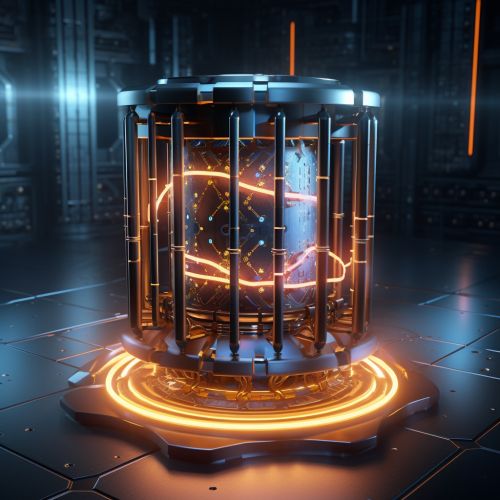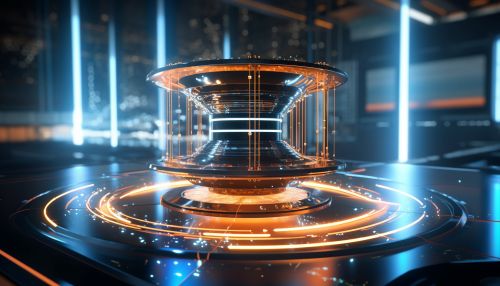The Physics of Quantum Mechanics in Quantum Error Correction
Introduction
Quantum mechanics, the fundamental theory in physics that provides a description of the physical properties of nature at the scale of atoms and subatomic particles, is a cornerstone of modern physics. It introduces concepts that challenge our understanding of the classical world, such as superposition and entanglement. In the realm of quantum information science, these principles are harnessed to develop quantum computing, where quantum error correction (QEC) plays a pivotal role.
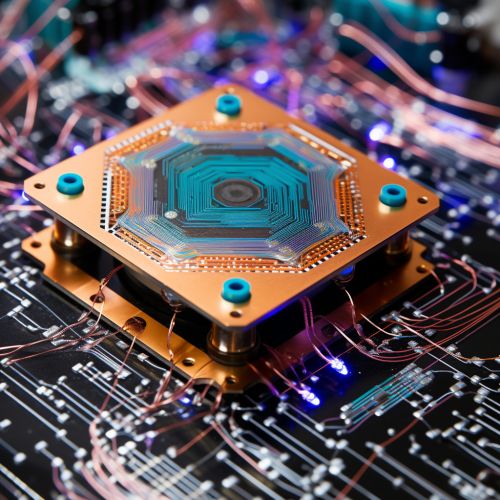
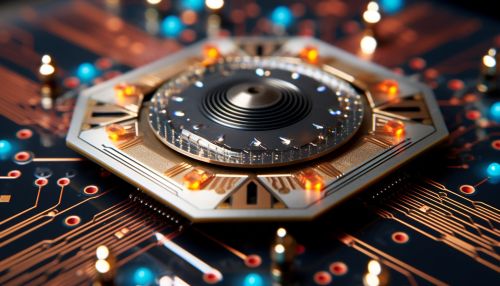
Quantum Mechanics and Quantum Information
Quantum mechanics diverges from classical physics at the quantum scale, where particles can exist in multiple states simultaneously, a phenomenon known as superposition. Another key principle is entanglement, where particles become interconnected such that the state of one instantly influences the state of the other, regardless of the distance separating them.
Quantum information science leverages these principles to create quantum bits, or qubits, which unlike classical bits that are either 0 or 1, can be both 0 and 1 simultaneously thanks to superposition. When qubits are entangled, the information is shared between qubits, creating a powerful computational resource.
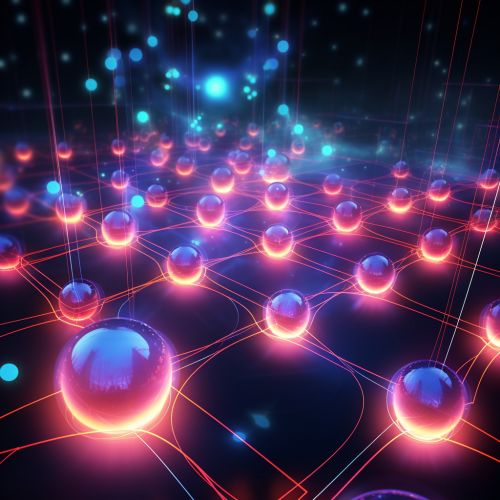

Quantum Error Correction
In the classical computing world, error correction is straightforward because bits are either 0 or 1. In the quantum world, however, error correction is far more complex due to the fragile nature of qubits. Any interaction with the environment (known as decoherence) can cause a qubit to lose its state, leading to errors.
Quantum error correction codes are designed to protect qubits from such errors. These codes work by spreading the information of one qubit across several physical qubits. If an error occurs in one of the physical qubits, it can be detected and corrected without disturbing the information stored in the logical qubit.
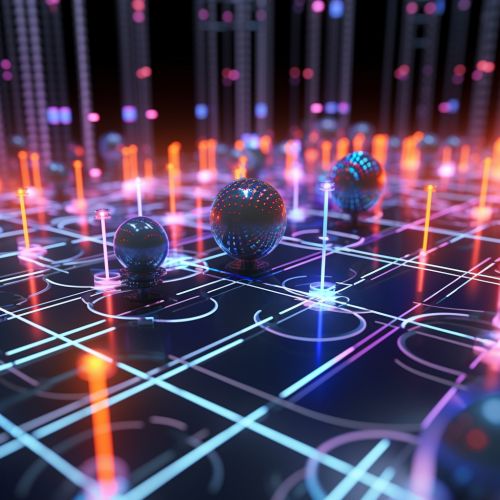
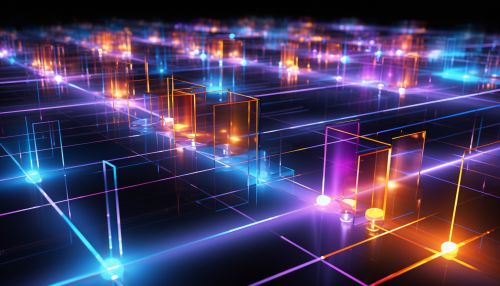
Quantum Error Correction Codes
There are several types of quantum error correction codes, including the Shor code, the Steane code, and the surface code. Each of these codes has its strengths and weaknesses, and the choice of code depends on the specific requirements of the quantum computing system.

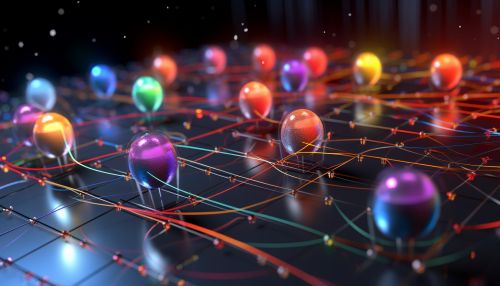
Challenges and Future Directions
Despite significant progress, quantum error correction still faces many challenges. The fragility of qubits and the requirement for a large number of physical qubits for each logical qubit are among the major hurdles. However, ongoing research in this field is promising, and the development of more efficient error correction codes and the discovery of new quantum materials could pave the way for the realization of practical quantum computers.
